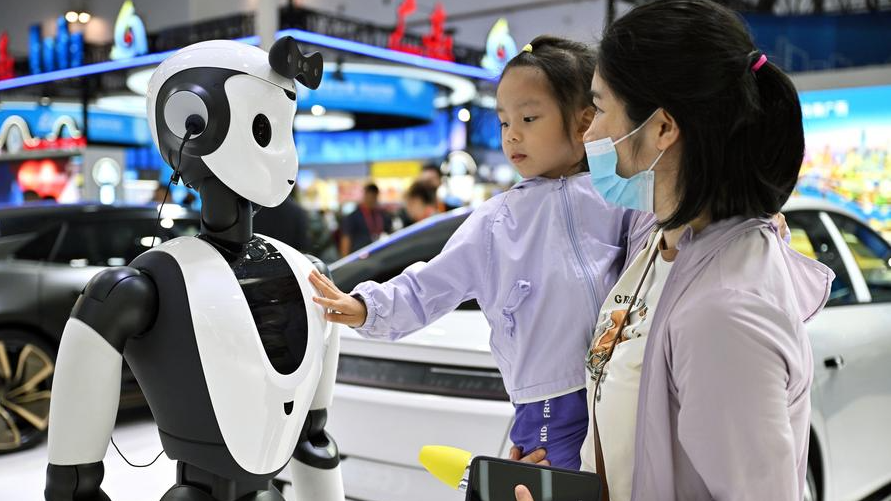
CHENGDU - A new training ground dedicated to advancing embodied artificial intelligence (AI) robots has been launched in Southwest China's Sichuan province, marking a step forward in the development of the country's high-end robotics industry.
Based in the city of Mianyang, the embodied AI robot training ground will operate as a comprehensive platform integrating research and development, validation testing, standard-setting and commercialization.
The project, officially launched on July 18, is a cornerstone of Sichuan's strategy to build a globally competitive embodied AI robotics cluster in West China, an official from the Sichuan provincial science and technology department told Xinhua on Tuesday.
Thanks to rapid advancements in technologies such as AI and large language models, China's robotics industry is undergoing a rapid transformation from laboratory research to mass production and applications.
ALSO READ: China's AI products expand onto global stage
The industry is expected to see a market boom in the coming years. According to the Chinese Institute of Electronics, China's humanoid robot market is projected to reach 870 billion yuan (about $121.74 billion) by 2030.
The training ground is expected to address critical bottlenecks facing embodied AI development globally, including scarce real-world training scenarios, insufficient high-quality data, and inadequate extreme-environment testing capabilities.
"This facility functions essentially as a 'school' for robots," said the official.
It aims to overcome these challenges by creating simulated environments for deep interaction and vast data acquisition, thereby accelerating robotic learning, algorithmic improvements and capability upgrades, crucial for applications spanning manufacturing, healthcare, urban management and emergency response.
The training ground will follow an operational model featuring one innovation center focusing on core technologies like system integration, research and development of key components and algorithms, and pilot manufacturing.
ALSO READ: When AI spices up classic Chinese dishes
It will be supported by two dedicated scenario training bases to gather operational data across diverse settings and enable deployment across diverse application scenarios, particularly targeting advanced manufacturing, emergency response, social services, tourism and urban governance.
The provincial government will allocate a special fund to develop the training ground, which, according to its plan, will help complete the infrastructure and operational framework while attracting over seven robotics enterprises by the end of 2025.
By 2027, the target is to bring together over 30 enterprises, facilitate the application of more than 30 new technologies, and launch over 10 new robot products, establishing the training ground as a nationally leading platform.


